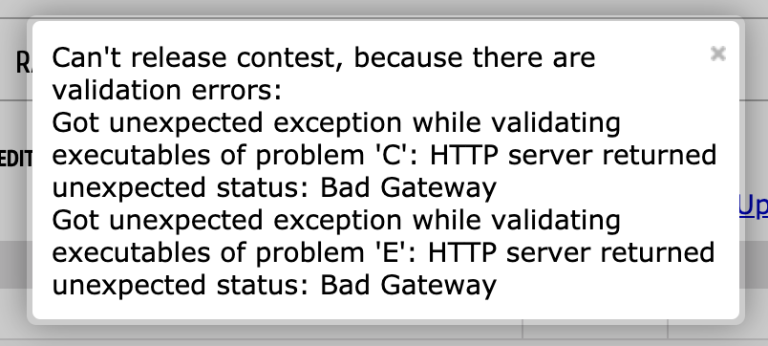Hello! I'm happy to announce XXI Open Cup. Grand Prix of Suwon. Gyeonggi Science High School is located in Suwon, Korea.
This contest was used as a Day 9 Contest from Petrozavodsk Winter 2021 Camp.
- Enter contest
- Contest time: 2021/02/21 Sunday, 17:00 Korea Standard Time (UTC+9). For external accounts, the contest is ready now.
- Problemsetters: mo_onrabbit2, Worteltje, GyojunYoun, ko_osaga, queued_q, rdd6584
- Codeforces Gym
List of relevant previous contests:
- XVIII Open Cup. GP of Korea
- KAIST RUN Spring Contest 2018
- XIX Open Cup. GP of Korea
- XIX Open Cup. GP of Daejeon
- XX Open Cup. GP of Korea
- XXI Open Cup. GP of Korea
Enjoy!















